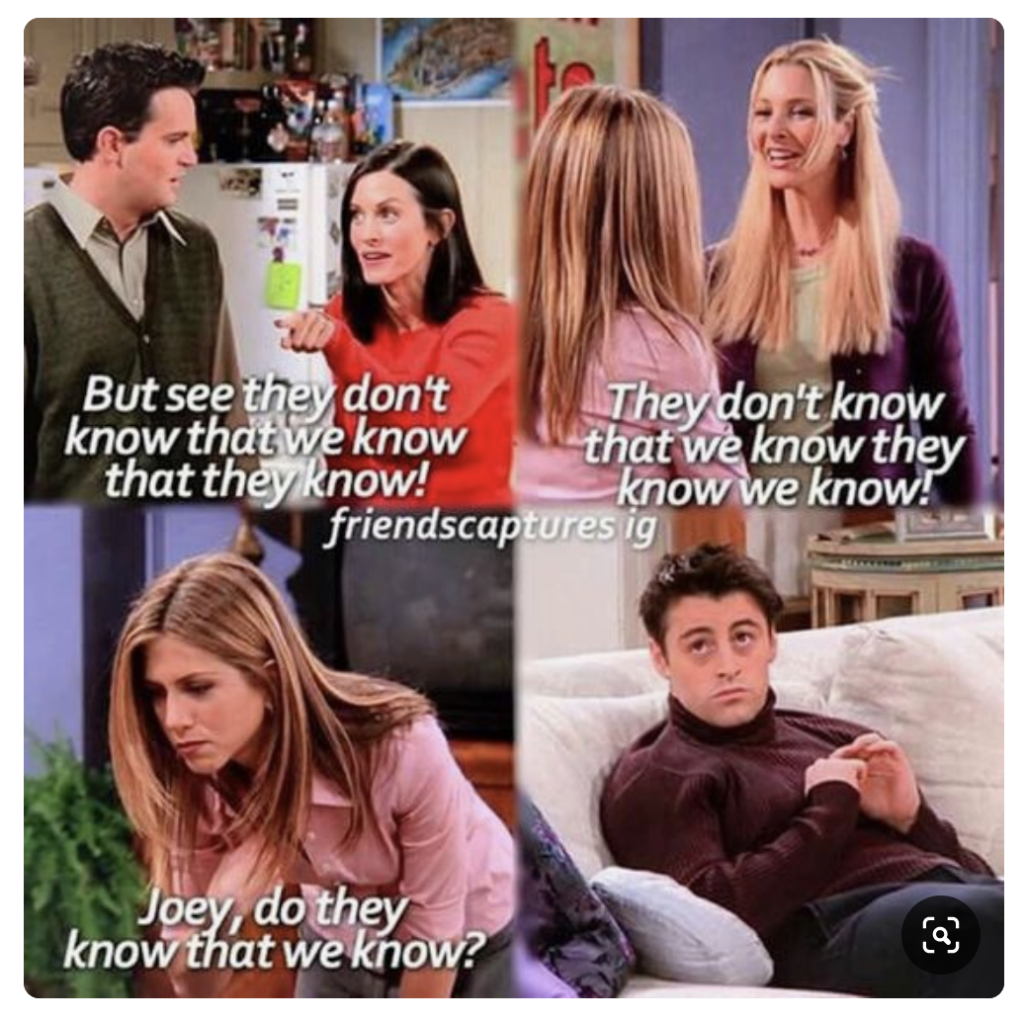Clark, Herbert H., and Susan E. Brennan. “Grounding in communication.” Perspectives on socially shared cognition 13.1991 (1991): 127-149.
This is a very groundbreaking paper where Clark and Brennan establish Grounding as a mandatory requirement for any kind of collaborative activity to happen (eg: pair programming or playing the piano) However, jokes apart, it is an old paper, which has paved the way for future research on Communication and Dynamics of Collaboration. The authors focus specifically on collaborative communications or discussions. They define grounding as “assuming a vast amount of shared information or common ground” which is updated constantly in the duration of the communication.
This was not a research paper, but a chapter in perspectives on socially shared cognition which presented concepts of Grounding in Communication. So instead of describing any research methods, they share with us formalizations or articulations on the dynamics of grounding as a requirement for co-ordination based tasks.
They also lay down phases in contributing to communication:
– Presentation: where the initiator presents utterance u for the receiver
– Acceptance: where the receiver accepts u by providing evidence e.
And once the initiator receives enough evidence, he/she will also believe that the receiver has understood/accepted/processed the utterance.

They classify the types of evidence/acknowledgments such as backchannel responses or continuers, initiation of the relevant next turn, and continued attention. Most of these terms are concepts we use in day to day communication without realizing or articulating them, however, in the paper (along with examples especially) they seem pretty self-explanatory.
A new concept that did not seem pretty natural to me and was greatly explained by this is how the principle of least collaborative effort is used to overcome limitations in the principle of least effort. They also articulate the grounding methods used for content such as references and verbatim content. Lastly, they formalize the costs and constraints associated with grounding in communication using different media
Reflection
These concepts are used on a daily basis by anyone who communicates with others to understand/be understood better. However, the knowledge of these concepts would really benefit in improving communications on a personal as well as an organizational level, by setting up appropriate mediums and constructs to handle the grounding.
Remembering the quadrant exercise we did in class, it would be really interesting to see how the constraints presented in one medium (Table 1 from the Chapter) could be overcome using design recommendations and constructs from other mediums.
Furthermore, the chapter is not directly related to my project but actually makes me look at Wikipedia Editors and their conflicts (in terms of content modification) in a new light. However, it is very much related to my research, I believe a very basic but also important chapter that introduces many important concepts to me, and lets me analyze the studies I carry out or the platforms and problems I am tackling in a new light.
Instead of not having discussed certain concepts, I would still like to appreciate this paper for formalizing so many important yet unnoticed concepts. Since 1991, to now in 2019, a lot has changed. With the “advent” of Facebook, Slack, Snapchat, and Skype, it would be really interesting to see whether some of these constraints have been eliminated or newer categories and subcategories have been introduced thanks to these platforms.
That FRIENDS reference is soooo on point!
Hahaha thanks 😛